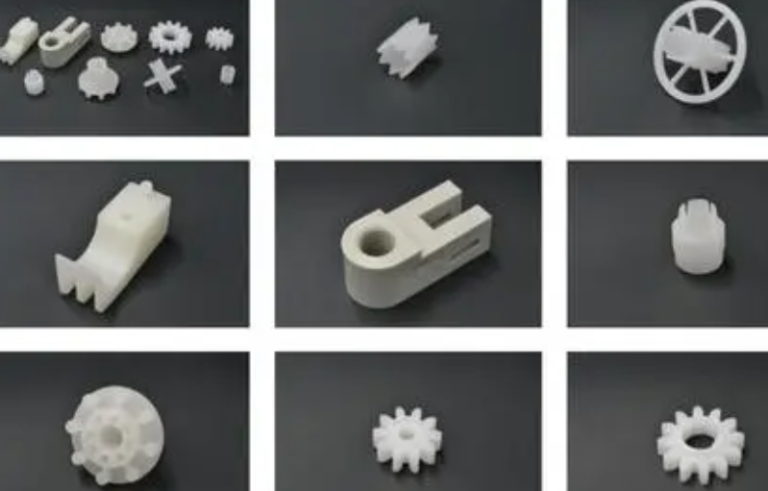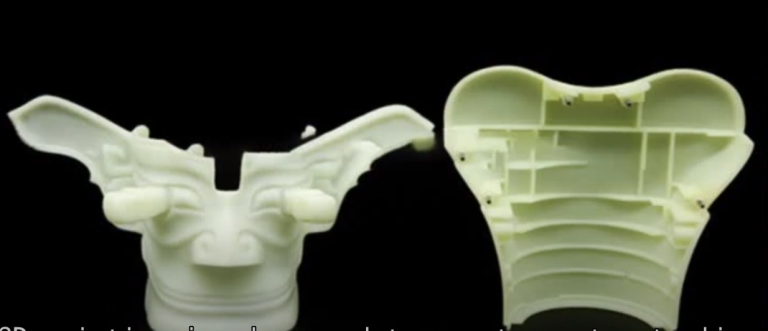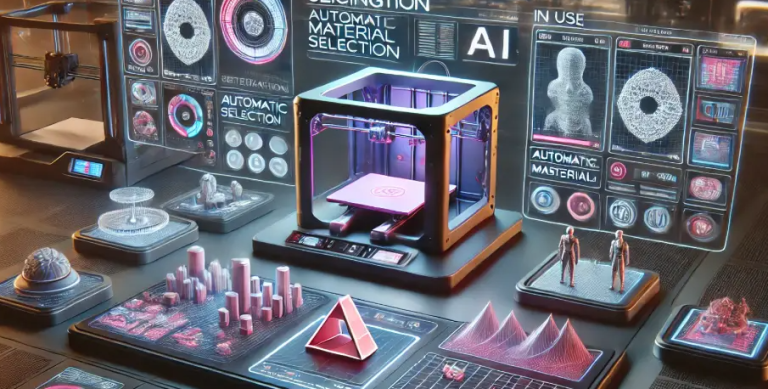Table of Contents
Advantages of Using Injection Molding Machines for Plastic Manufacturing
Plastic injection molding machines have revolutionized the way plastic products are manufactured. These machines are used in a wide range of industries, from automotive to medical, to produce high-quality plastic parts with precision and efficiency. In this article, we will explore the advantages of using injection molding machines for plastic manufacturing.
One of the key advantages of using injection molding machines is their ability to produce complex and intricate plastic parts with high precision. These machines use molds to shape molten plastic into the desired form, allowing for the creation of intricate designs that would be difficult or impossible to achieve with other manufacturing methods. This precision is essential for industries such as automotive and aerospace, where even the smallest deviation in part dimensions can have serious consequences.
Another advantage of injection molding machines is their efficiency. These machines can produce large quantities of plastic parts in a relatively short amount of time, making them ideal for mass production. The automated nature of injection molding machines also reduces the need for manual labor, further increasing efficiency and reducing production costs. This makes injection molding machines a cost-effective solution for businesses looking to scale up their production.

Injection molding machines are also versatile, capable of producing a wide range of plastic parts in various shapes and sizes. This versatility makes them suitable for a wide range of industries, from consumer goods to electronics. Whether you need to produce small, intricate parts or large, durable components, injection molding machines can meet your manufacturing needs.
In addition to their precision, efficiency, and versatility, injection molding machines also offer a high level of consistency and repeatability. Once a mold is set up, the machine can produce identical parts with minimal variation, ensuring that each part meets the required specifications. This consistency is crucial for industries such as medical and aerospace, where quality control is paramount.
Furthermore, injection molding machines are environmentally friendly. These machines produce minimal waste, as any excess plastic can be recycled and reused in the manufacturing process. This not only reduces the environmental impact of plastic production but also helps businesses save on material costs. By using injection molding machines, businesses can reduce their carbon footprint and contribute to a more sustainable future.
Overall, the advantages of using injection molding machines for plastic manufacturing are clear. These machines offer precision, efficiency, versatility, consistency, and sustainability, making them an ideal choice for businesses looking to produce high-quality plastic parts in large quantities. Whether you are in the automotive, medical, or consumer goods industry, injection molding machines can help you streamline your production process and meet your manufacturing needs.
How to Choose the Right Injection Molding Machine for Your Plastic Production Needs
Plastic injection molding is a widely used manufacturing process for producing plastic parts in large quantities. It involves injecting molten plastic material into a mold cavity, where it cools and solidifies to form the desired shape. To carry out this process efficiently, a plastic injection molding machine is required. These machines come in various sizes and configurations, each suited for different production needs. Choosing the right injection molding machine is crucial for achieving high-quality parts and maximizing production efficiency.
When selecting an injection molding machine for your plastic production needs, there are several factors to consider. One of the most important considerations is the machine’s clamping force. Clamping force refers to the amount of pressure applied to the mold to keep it closed during the injection process. The clamping force required depends on the size and complexity of the part being produced. Larger and more intricate parts typically require higher clamping forces to ensure proper mold closure and part quality.
Another key factor to consider is the machine’s shot size. The shot size refers to the maximum amount of plastic material that can be injected into the mold cavity in a single cycle. It is important to choose a machine with a shot size that matches the volume of material needed to produce your parts. Using a machine with a shot size that is too small can result in incomplete parts, while using a machine with a shot size that is too large can lead to material waste and increased production costs.
| Surface finish | Polishing Finish / Slik Print / Texture Finish / Rubber Painting / Glossy Finish / Painting / Slik-Screen / Pad Print / EMI Coating / Electronic Plating / Laser Marking / Etc. |
| Production Process | Orders-Raw Materials- Production-Quality Inspection -Packaging-Shipment |
| Technology | Foaming / Ordinary Injection / Structual Foam Molding / Over-Molding / Gas Assisted Injection Molding |
In addition to clamping force and shot size, it is important to consider the machine’s injection pressure and speed capabilities. Injection pressure refers to the amount of force applied to push the molten plastic material into the mold cavity. Higher injection pressures are typically required for parts with thin walls or intricate details. Injection speed, on the other hand, refers to the rate at which the plastic material is injected into the mold. Choosing a machine with adjustable injection pressure and speed settings can help optimize part quality and production efficiency.
Furthermore, the type of plastic material being used should also be taken into account when selecting an injection molding machine. Different plastics have different melting points, flow properties, and shrinkage rates, which can affect the machine’s performance and the quality of the final parts. It is important to choose a machine that is compatible with the specific type of plastic material you are using to ensure consistent and reliable production.
When choosing an injection molding machine, it is also important to consider the machine’s control system and automation capabilities. Modern injection molding machines are equipped with advanced control systems that allow for precise monitoring and adjustment of various process parameters, such as temperature, pressure, and cycle time. Machines with automation features, such as robotic part removal and mold changing systems, can help increase production efficiency and reduce labor costs.
In conclusion, selecting the right injection molding machine is essential for achieving high-quality plastic parts and maximizing production efficiency. By considering factors such as clamping force, shot size, injection pressure and speed, material compatibility, and control system capabilities, you can choose a machine that meets your specific production needs and helps you achieve success in the competitive plastic manufacturing industry.





